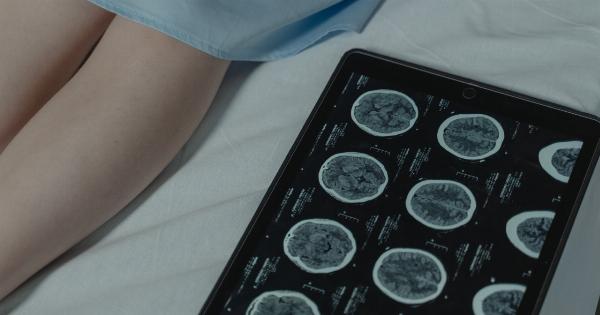Cancer is one of the leading causes of death worldwide. According to the World Health Organization, there were approximately 9.6 million cancer deaths in 2018.
Orthodox cancer, also known as religious cancer, is a type of cancer that is often overlooked and underdiagnosed. It is a type of cancer that occurs in communities that generally avoid medical treatment due to religious beliefs, cultural norms, or fear.
However, creating a centralized database can help in improving our understanding of this disease, leading to better outcomes and treatment options.
The Importance of a Centralized Database
In order to address the issue of orthodoxy cancer, it is important to create a centralized database that can help in collecting data on the incidence and prevalence of this disease.
A centralized database helps in collecting and analyzing data from different sources, making it easier to identify patterns, potential risk factors, and other important information. By using a centralized database, healthcare professionals can also identify gaps in knowledge, which can lead to better-informed decisions when it comes to diagnosis and treatment options.
Challenges in Creating a Centralized Database for Orthodoxy Cancer
Creating a centralized database for orthodoxy cancer comes with its own set of challenges. One of the major challenges is the lack of awareness and underdiagnosis of orthodoxy cancer.
Communities that suffer from this disease often avoid seeking medical attention, making it difficult to collect accurate data. There is also the issue of privacy concerns as communities may be hesitant to share their medical data due to cultural norms or fear of persecution.
Additionally, there may be language barriers, making it difficult to accurately collect and analyze data.
Benefits of a Centralized Database for Orthodoxy Cancer
Despite the challenges, there are many benefits to creating a centralized database for orthodoxy cancer. One of the key benefits is the ability to identify patterns and risk factors.
Through analyzing data related to orthodoxy cancer, healthcare professionals can identify potential risk factors that may be unique to certain communities. This can lead to targeted interventions that can help in preventing the spread of the disease. A centralized database can also lead to better documentation, which can help in improving patient care.
By having a central repository of patient data, healthcare professionals can access important information quickly, leading to more effective diagnoses and treatments.
How to Create a Centralized Database for Orthodoxy Cancer
Creating a centralized database for orthodoxy cancer requires a multifaceted approach.
It involves engaging with communities that suffer from this disease, educating them about the importance of data collection, and addressing their concerns related to privacy and confidentiality. Healthcare professionals must also be trained to accurately collect and document data, including language interpretation services for patients who speak different languages.
Finally, there needs to be a coordinated effort between different healthcare providers to share information and data, leading to a more comprehensive understanding of orthodoxy cancer.
The Role of Technology in a Centralized Database for Orthodoxy Cancer
Technology plays a critical role in creating a centralized database for orthodoxy cancer. Electronic medical records (EMR) systems can help in storing patient data, including demographic information, medical history, and treatment plans.
These systems can also be used to track patient outcomes and monitor disease progression. Another important technology is data analytics, which can help in analyzing large datasets and identifying patterns. Machine learning algorithms can also be used to identify potential risk factors and predict disease trends.
In Conclusion
Orthodoxy cancer is a complex disease that requires a coordinated effort from healthcare professionals, communities, and technology.
By creating a centralized database, we can improve our understanding of this disease while also addressing gaps in knowledge and improving patient outcomes. While challenges remain, the benefits of a centralized database for orthodoxy cancer are too great to ignore.



























